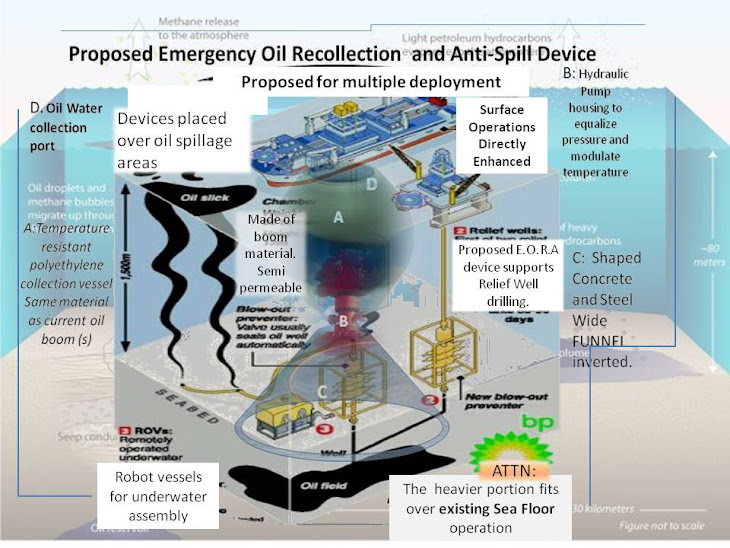There has been much said about the upcoming national debate over the pending legislation pertaining to financial reform. The following philosophical observation proposes one possible plan for financial reform: one route, at least in theory, this necessary reform might take as law makers continue to craft the essential ingredients of American Economic regulation.
In Paul B. Carrol and Chunka Mui's Billion Dollar Lessons: What you can learn from the Most Inexusable Business Failures of the Last 25 Years , the authors engage in a cultural archaeology of the Wall Street world. Although the authors very adeptly explore what happens when corporations, big enough to make the claim they are too big to fail, I am going to speak my own thoughts, in a general way, based in part on my own experiences as a Cab Driver, and in part on the observations of the authors of this accessible and straightforward text. The theory I will arrive at, thus, will be due to the author's ideas on the one hand, and my interpretation of those ideas from the perspective of a cabbie and long time student of Philosophy and Speech Communication.
There is one thing I wish to say however: although the authors may vaguely imply what possible form economic regulation might take (indeed, the authors may not agree with ANY form of external regulation whatsoever), I wish to make the case that regulation of the financial industry take the form of an agreed upon series of methods and procedures underscoring real confidence in any possible strategy that should warrant respect on the part of planners, the consequential weight of such a decision across the possible outcomes of that strategy (xviii).
In other words, economic regulation should be applied to those strategies, where the outcome will effect the Greatest common number of people regardless of whether those people are investors, shareholders, cab drivers or waiters: as many of us can well attest by now, DEFAULT eventually gets around to us all, one way or the other.
Carrol and Mui paint a vivid portrait of Green Tree Financial. In the 1990's this company made billions of dollars financing the sale of trailer homes on an unprecedented scale. Yet it did so, without considering those trailer homes would loose their value long before the borrower would or could realize any long term advantage (40). Indeed, Green Tree, in much the same way the sub prime mortgage lending fiasco developed, took those loans, repackaged them in a process called securitization: a bundling process that takes a lot of loans that will go bad, renames them in pools worth much more than their value, sells them as good bonds backed up by the short term interest collected on the original loans (40a). To make matters worse, Green Tree collected both the interest and the loan processing fees, made unfounded projections of future earnings and booked all of that as profit: profit based on their own models of defaults and prepayments rather than the actual behavior of the financial products they sold with reckless abandon (41).
In order to put this into perspective, let's say I take out a loan to buy three cabs in the spring and use as collateral the cab I already own plus a projection of possible earnings based on the value of each fare at $7 per fare per 31 trips per one 12 hour shift times 7 days per week. $10,633.00 per cab sounds pretty good. But let's also say that the possible earnings projections don't necessarily match up with the actual performance of positive cash flow projection? But that's o.k. because, instead of relying on actual cost structure, I hedged my bet by bundling each cab on paper into a bond security, folding in the interest on each cab into the overall lease for each driver, then sold those securities without paying down the loans on each cab, to area investors such as churches, synagogues, area businesses and assorted other private parties.
I would in turn charge each diver 12 or 13% and pay the bond holders 7 or 9% and of course, pocket the difference as pure profit. And then turn around and get a similar loan for three more cabs and repeat the process making even more profit. But like in the Green Tree example, this gain-on-sale type of aggressive accounting does not take into account the inherent accuracy of the value of the securities' projected worth.
Just as a number of factors could arise with each cab driver that would negatively alter the base figures, Green Tree ran into the problem of relying on inaccurate forecasts of interests rates in direct, joint and inverse relation to a host of fluctuations first in performance of the financial product and then in the subsequent decreasing value of those products in the long term.
Tyler Mc Graw of USA Today explains:.
Taxi medallions — required licenses fastened to the hoods of all New York City yellow cabs — have rocketed in value at a time when many investments have plummeted...
With the slogan, "In niches there are riches," the company [Medallion Financial] has lent more than $3 billion to the taxi industry in the past decade and recorded no loan losses because it can repossess the medallion if the client doesn't pay. But Murstein says the medallion loans, on which the company currently charges about 6.25% interest a year, give ambitious drivers a legitimate opportunity for ownership.
Bottom line: if you were to take all the cab companies here in Ann Arbor and compare them to the ANY index the State of Michigan may rely on: NASDAQ etc... you will find that although heavily regulated, generally speaking, the industry outperforms the largest overestimated security (McGraw 2009; Carrol and Mui p 42-50).
In other words, when we talk of regulating the financial industry, the cab driving model is a pretty safe bet. The industry works not in spite of the regulations, but because of them.
So what am I saying here? Financial Reform along the lines of:
1) Transparency in Securitization: gain on sale profits must match most recent
performance volume indexes.
2) Credit Financing Accuracy: credit must be proportional to most recent opportnity
and threat management scenarios.
3) Leverage must be documented in relation to most recent Justification and Earnings
Projection Statement based on substantiated earnings projection, cash flow
projection, debt schedule and operational cost matrix.
4) Close scrutiny of Non regulated Special Purpose Entities in multiple holdings, static revenue homogeneous forecasts and excessive inventories.
These are the same rules cab drivers have to play by, 24/7 365 days and by and large, the regulations tend to work in our favor: industry-wise. Why can't the same or a similar formula work for the financial industry as a whole?
A Standardized Growth Expectations Index that effectively monitors all reported product volume in respect to overall and specific confidence in appreciable asset net worth is not that far fetched an hardly amounts to excessive Government intrusion. The alternative, of course as we have seen invites investor overconfidence and gross distortion in speculative acquisition and merger. This is pretty much what we have painfully experienced with AIG, Bear Sterns and a host of other companies, who have recently posted record profits derived mainly from the same set of operational procedures that facilitated the last federal bailout.
Comprehensive financial is necessary and it is necessary NOW. The only question that remains, at least in my understanding is who are going to listen to: an out of touch broker who has forgotten how to work WITH the rules or a cab driver, who makes their living by dealing with the rules every hour of every day, year in and year out: rain, sleet, snow or shine.
That's how I roll, how about you?
A Few thoughts from
Tom
Ann Arbor MI.
U.S. interventions in the New World, with leader removal
-
I can think of a few. I am not thinking of ongoing struggles, such as the
funding of opposition to the Sandinistas, rather I wish to focus on cases
wher...
9 hours ago


+of+IMG_9264.jpg)




No comments:
Post a Comment